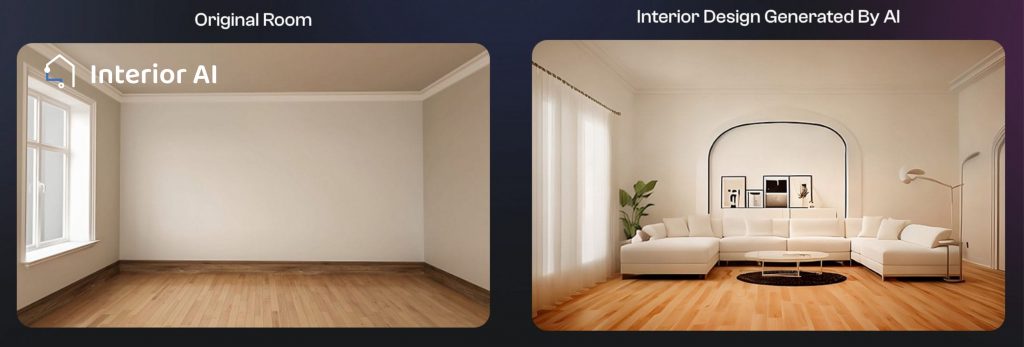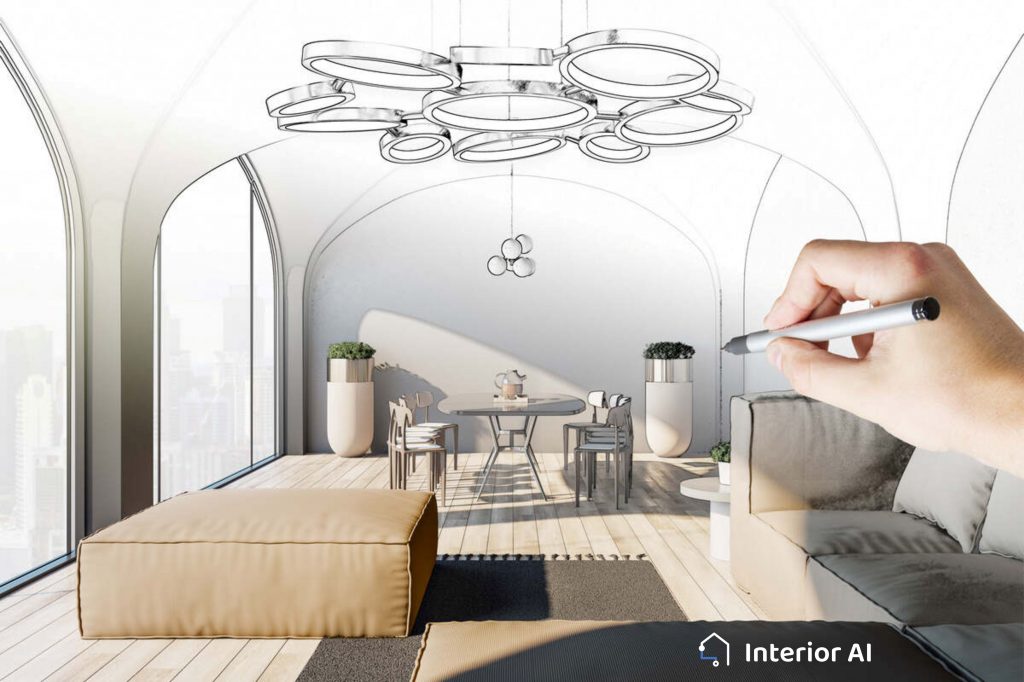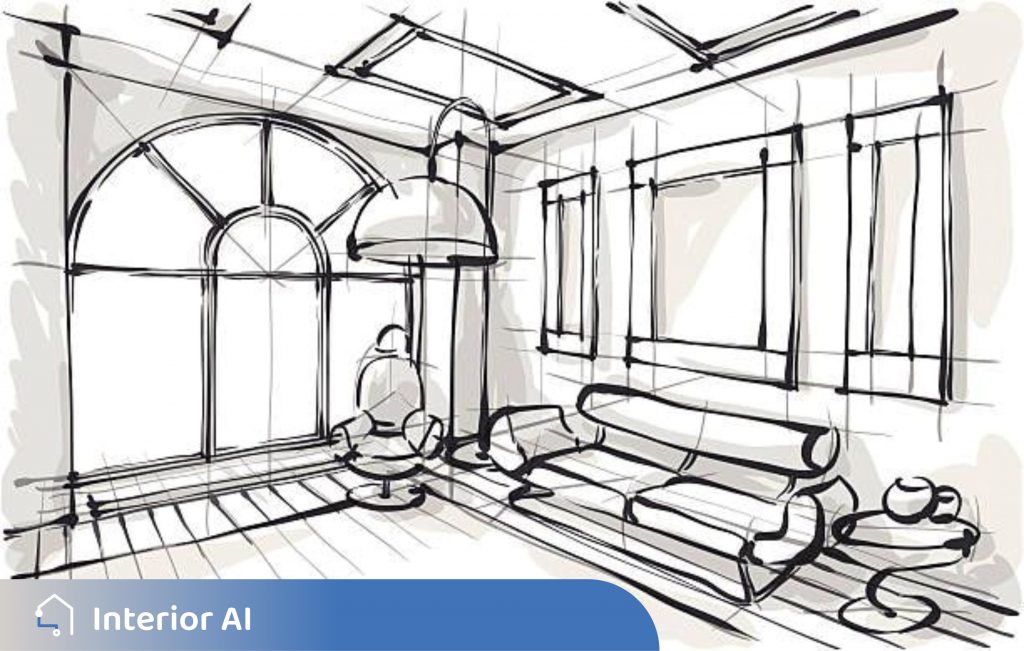The Future of Interior Design with AI

A Personalized Approach
As we approach the end of this decade, the world of interior design is undergoing a remarkable transformation, thanks to the integration of artificial intelligence (AI). This innovative technology is not just changing the way designers work, but also how clients experience and interact with their living spaces.
1- Enhanced Creativity and Efficiency
AI-powered design tools are revolutionizing the creative process. With advanced algorithms and machine learning, designers can now generate fresh ideas, optimize space, and predict future trends with unprecedented accuracy. This means less time spent on tedious tasks and more time for creative exploration.

2- Personalized Design Solutions
One of the most exciting aspects of AI in interior design is its ability to offer truly personalized solutions. By analyzing patterns, studying preferences, and keeping up with the latest trends, AI can help designers create spaces that feel tailor-made for each client. Imagine a home that perfectly reflects your style and needs, all thanks to the insights provided by AI.
3- Streamlined Processes
AI is also streamlining the design process, making it faster and more efficient. From generating detailed design concepts to optimizing layouts and selecting materials, AI tools handle complex calculations and analyses with pinpoint accuracy. This not only saves time but also reduces the risk of costly errors and revisions.

4- Collaboration and Accessibility
AI is making interior design more accessible to a wider audience. With AI-powered websites and apps, homeowners can now easily explore design options, visualize their ideas, and collaborate with designers in real-time. This democratization of design is empowering more people to take control of their living spaces and make informed decisions.
5- The Future is Bright
As we look ahead, the potential of AI in interior design is limitless. With continuous advancements in technology, we can expect even more innovative solutions that enhance creativity, efficiency, and personalization. The future of interior design with AI is not just about creating beautiful spaces, but about crafting experiences that enrich our daily lives.




